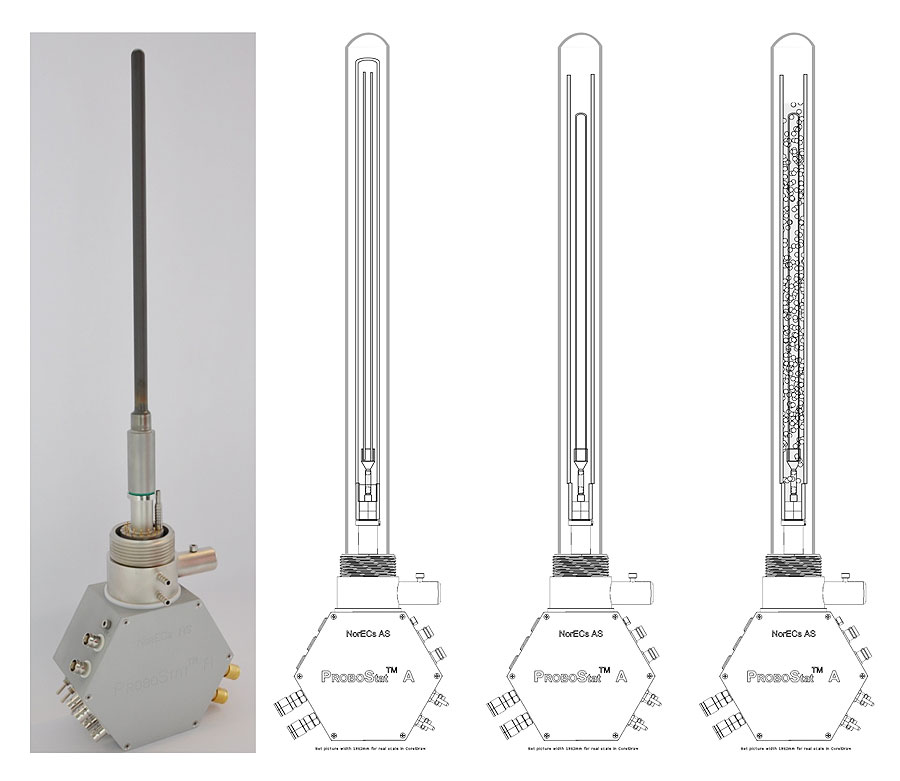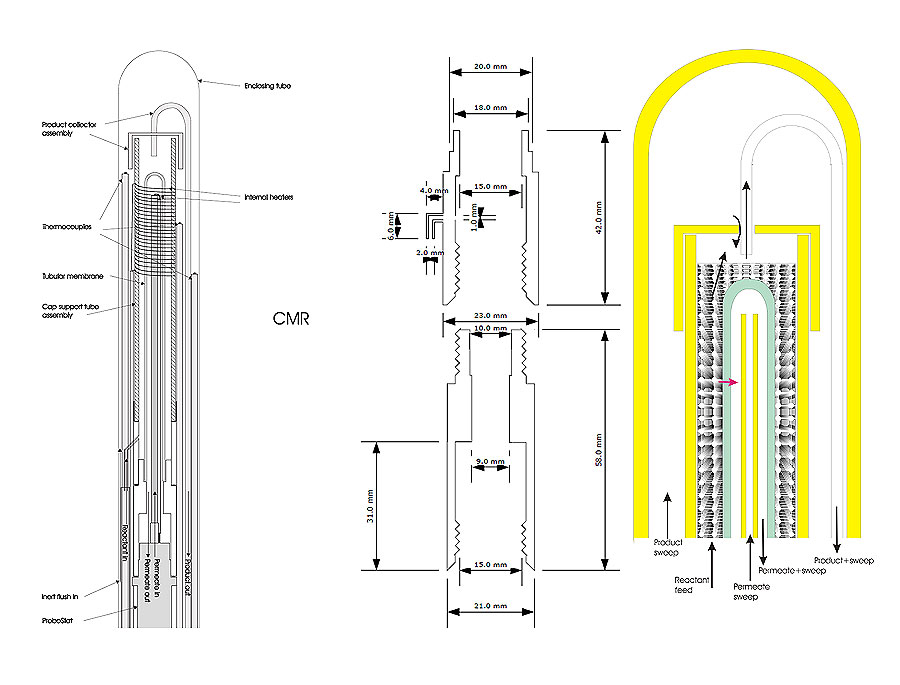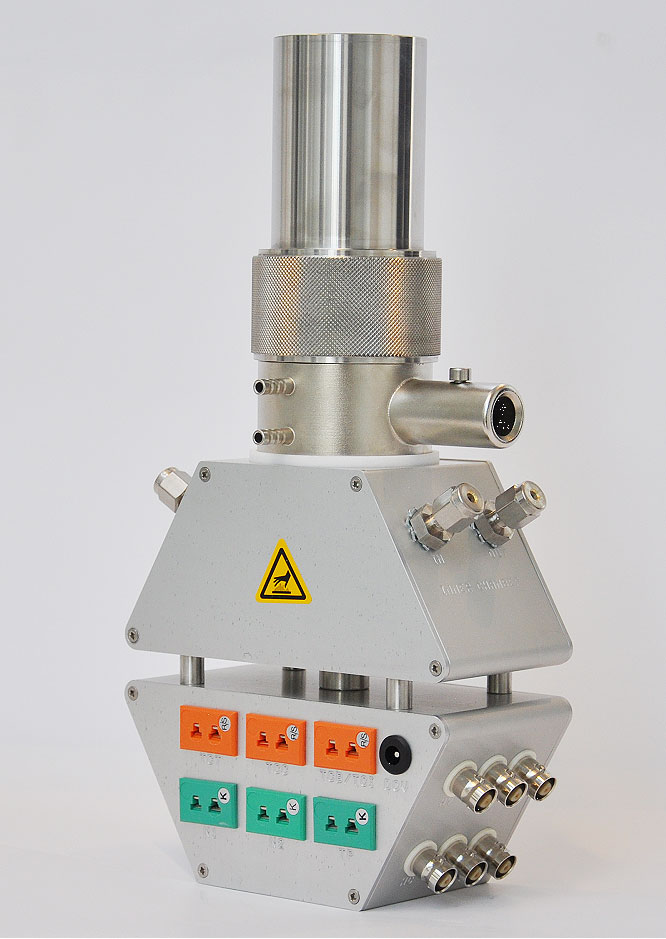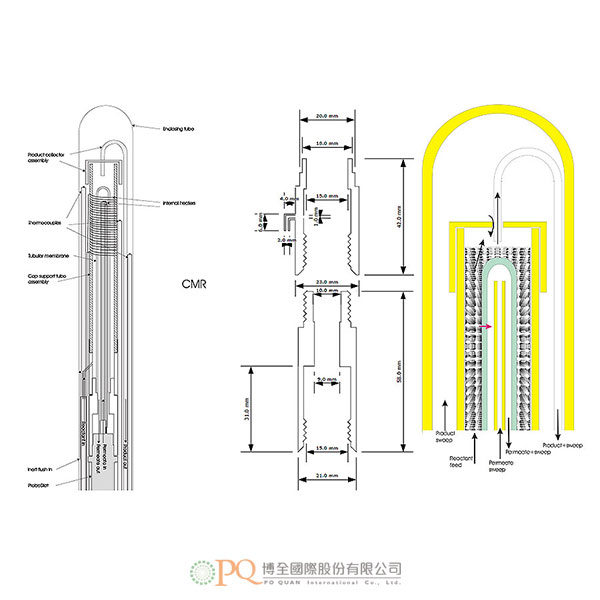
-
 AARONIA AG
AARONIA AG
-
 ADASH
ADASH
-
 Amptek
Amptek
-
 AOiP
AOiP
-
 AstroNova
AstroNova
-
 Automatic Research
Automatic Research
-
 AWSensors
AWSensors
-
 BASI
BASI
-
 BRS
BRS
-
 CALMET
CALMET
-
 CHECKLINE
CHECKLINE
-
 Cmc
Cmc
-
 C-Tech
C-Tech
-
 CTRL
CTRL
-
 DANATRONICS
DANATRONICS
-
 DV Power
DV Power
-
 EA Technology
EA Technology
-
 ECH
ECH
-
 EL-CELL
EL-CELL
-
 Electrothermal
Electrothermal
-
 Elsys
Elsys
-
 ELVEFLOW
ELVEFLOW
-
 Enapter
Enapter
-
 ENERGY SUPPORT
ENERGY SUPPORT
-
 Enervac
Enervac
-
 FASTEC
FASTEC
-
 Gaskatel
Gaskatel
-
 GE
GE
-
 GIUSSANI
GIUSSANI
-
 Globecore
Globecore
-
 GMW
GMW
-
 GREENLIGHT
GREENLIGHT
-
 GRZ
GRZ
-
 HIGH SENSE SOLUTIONSHTW
HIGH SENSE SOLUTIONSHTW
-
 HTW
HTW
-
 HUBER
HUBER
-
 HVPD
HVPD
-
 Ida
Ida
-
 Instytut Fotonowy
Instytut Fotonowy
-
 IVIUM
IVIUM
-
 Jacomex
Jacomex
-
 Jenway
Jenway
-
 JGG
JGG
-
 KEHUA TECH
KEHUA TECH
-
 Labdex
Labdex
-
 Labnics
Labnics
-
 LIQUID
LIQUID
-
 METERTEST
METERTEST
-
 Metrel
Metrel
-
 Microrad
Microrad
-
 micrux
micrux
-
 ndb
ndb
-
 Neware
Neware
-
 Norecs
Norecs
-
 Novocontrol
Novocontrol
-
 OKOndt Group
OKOndt Group
-
 OZM
OZM
-
 Pine Research
Pine Research
-
 Redoxme
Redoxme
-
 SATIR
SATIR
-
 SDT
SDT
-
 Serstech
Serstech
-
 VacCoat
VacCoat
-
 Zurich
Zurich
- AARONIA AG
- ADASH
- Amptek
- AOiP
- AstroNova
- Automatic Research
- AWSensors
- BASI
- BRS
- CALMET
- CHECKLINE
- Cmc
- C-Tech
- CTRL
- DANATRONICS
- DV Power
- EA Technology
- ECH
- EL-CELL
- Electrothermal
- Elsys
- ELVEFLOW
- Enapter
- ENERGY SUPPORT
- Enervac
- FASTEC
- Gaskatel
- GE
- GIUSSANI
- Globecore
- GMW
- GREENLIGHT
- GRZ
- HIGH SENSE SOLUTIONSHTW
- HTW
- HUBER
- HVPD
- Ida
- Instytut Fotonowy
- IVIUM
- Jacomex
- Jenway
- JGG
- KEHUA TECH
- Labdex
- Labnics
- LIQUID
- METERTEST
- Metrel
- Microrad
- micrux
- ndb
- Neware
- Norecs
- Novocontrol
- OKOndt Group
- OZM
- Pine Research
- Redoxme
- SATIR
- SDT
- Serstech
- VacCoat
- Zurich
催化膜系統
ProboStat CMR - Catalytic Membrane Reactor-
ProboStat CMR
A special version of the ProboStat - the ProboStatTM CMR (Catalytic Membrane Reactor) - has a 5th gas connection. By using custom tube sockets, this enables flushing of the inside of the membrane tube as well as the outer chamber and leading reactant gas along the outer wall of the catalytic membrane. The figures below attempt to describe how the setup is done (left). The middle figure shows the construction of the special sockets that allow mounting of both a membrane tube and the gas guiding (or catalyst holding) tube. The right figure shows a schematic of how the 3 gases flow into the system and 2 gases are taken out. A controlled leakage at the top cap blends the outer product flushing inert gas and the reactant product gas and leads them to analysis through a bent quartz tube.
This is one example of how one may use the ProboStatTM CMR. The user may find own ways to use the 5 gas connections and make custom sockets for his tubes.
The left hand figure above shows the winding of an internal ohmic heater (Pt10Rh) around the active membrane area. The use of this helps reach the operating temperature in the hot part of the membrane while using less power in the tube furnace around the cell. This helps to prevent to overheat the neck of the base unit and the seals of the tubes to that part. It is possible also to use a small ohmic Pt10Rh heater inside the membrane tube to help reduce the temperature gradient between the membrane outside and inside. Thermocouples may be placed at several locations to monitor temperatures and gradients.Things to take into account
The ProboStat and especially the ProboStatTM CMR are very versatile and provide many possibilities of setting up permeation and other experiments. All parts in the hot zone may be replaced easily and may be ordered in standard or custom dimensions and materials from NORECS or made by the customer. We and the manual help with dimensions and advice for the latter. But ProboStatTM and - because of its typically demanding uses - ProboStatTM CMR also have their limitations and challenges. The setups can be so complex and based on the user's tubes and dimensions that the user must take responsibility of him self understanding how the setup and measurements are to be done and performed, and that the dimensions of ceramics are within bounds.
The dimensions on the tubes are particularly important. The length should be ideally at least 30 cm; for instance 5 cm cold, 10 cm transition zone, and 15 cm hot zone. With shorter tubes, one must compromise; the cold zone may get too hot and with shorter lifetime of seals and parts. The transition zone gets short and puts strain on the tubes. And the hot zone gets short and potentially less homogeneous.
Short tubes can be prolonged with raiser tubes of metal or ceramic, but this requires the use of a hot seal.
The thickness of tubes is also critical. The inner space of the ProboStatTM enclosing tube is some 30 mm in diameter. This limits the outer diameter of membrane and middle tubes. Ideally a membrane tube is around 10 mm outer diameter. Likewise, the inner diameter of membrane tubes should not be too small, because then gas flushing tubes, heaters, and thermocouples cannot all fit in.
Tube straightness and correct alignment during gluing is also important if the tubes are long, since several tubes run inside each other.
All in all - the setup of normal ProboStatTM membrane permeation tests with tubular membranes is quite straightforward unless the tubes are too short, while the additional possibility of the 5th gas of the CMR version requires more careful thinking of the diameters and other details. We help the customer to get the best possible parts, but the customer must take own responsibility of understanding what he wants to set up.
Parts in the hot zone such as ohmic heaters may have limited lifetime. They may be repaired by the user, or ordered from NORECS.
A ProboStatTM CMR may be used as a normal ProboStatTM for permeation and catalytic tests by not using the 5th gas connection and by using the normal rather than the special CMR socket.In a special version, all normal electrode feedthroughs are replaced with compensation wire so as to allow an increased number of thermocouples in the hot zone - 7 in total.
-
Introduction
Dense ceramic or metallic as well as microporous ceramic membranes find potential applications for separating oxygen from air, hydrogen from syngas, and CO2 from flue gas, all of importance in various energy technologies for reduced CO2 emissions from use of fossil fuels. In addition they may be applied in oxidation/reduction or hydrogenation/dehydrogenation processes. They may be used as a standalone membrane (membrane reactor, MR) or in intimate combination with a catalyst (catalytic membrane reactor, CMR). In the latter, the membrane may effectively remove or add a reactant, shifting the thermodynamic equilibrium and thereby the yield and/or selectivity.
Many membranes operate at elevated temperatures, especially dense ceramic membranes utilising the superior selectivity from gas permeation by ambipolar transport of ions and electrons. For these, tubular membranes - usually having the dense membrane as a thin film supported by a porous main structure ("asymmetric membranes") - offer a good alternative to more space-efficient monolithic or planar layered membrane assemblies during laboratory test and proof-of-concept stages. The main virtues of the tubular setup are possibility of cold seals, easy replacement of tubes, and relatively simple geometrical approaches to integration with a catalyst and gas flow and analysis.
However, construction of such laboratory setups for tubular (as for other) membrane geometries is time-consuming and expensive, and there has been is a lack of standards and commercial products. The NORECS ProboStat sample holder system for electrical characterisation at high temperatures and in controlled atmospheres has gained widespread use and acceptance, and is now available as specialised version for more optimised catalytic membrane reactor tests.
Normal ProboStat
A ProboStatTM is a sample holder which can accommodate a disk membrane supported and sealed on top of a support tube in the hot zone, or a tubular membrane closed in the high temperature zone, and sealed otherwise to the sample holder in the cold zone. The support tubes or membrane tubes are sealed to a pedestal and forms an inner chamber, while an outer enclosing tube forms an outer chamber. With a normal version of ProboStatTM, each of the two chambers has two gas connections (in and out - total of four) and a number of electrical feedthroughs (4 for the inner and 12 for the outer). These feedthroughs can be used for electrodes, thermocouples, and internal ohmic heaters, as well as e.g. oxygen sensors. The ProboStat is suitable for electrical measurements on samples of many geometries and - the focus of this note - of permeation through disk or tubular membranes.
The figures below show schematically three different setups with tubular membranes. The two to the left show a closed medium-sized tubular membrane with a gas flushing tube inside. The photograph shows the base unit and the membrane tube, while the schematic show also the inner flushing tube and an outer enclosing tube. Flushing tube for the outer chamber can be used but is omitted in the figures, for simplicity. The third figure shows the membrane tube instead as the thin innermost tube, and the medium-sized open ended tube serving for guiding the gas flow along the membrane side. The rightmost figure shows this guiding tube filled with a catalyst to make it operate as a catalytic membrane reactor. The catalyst can of course also be placed on the surface(s) of the membrane tubes in the two other setups.

The ProboStat™ tube is normally inserted into a vertical tube furnace. The temperature of the hot zone depends on the furnace and materials used, but typically reaches 1200°C (maximum 1600°C). The base unit can tolerate normally around 250°C in its top parts facing the hot zone and 100°C in its lower parts. Special versions that can tolerate and be heated to 165°C or 250°C are available for experiments where vapours must be kept warm during transport in or out of the ProboStat™. The picture below shows a normal ProboStat (left) and the 250°C version of the base unit (right), where the gas feedthroughs are made in a high temperature top box and the electrical feedthroughs in a colder bottom box. The 250°C version base unit has three type K thermocouples located in the neck (N1 and N2) and one in the top box (TB) to monitor its temperatures, in addition to the feedthroughs to the thermocouples in the hot zone.

Base unit heating system helps the user in heating of the gas lines of cold zone parts of the ProboStat.
In an experiment, the hot zone is inside a furnace at target temperature. Desired gases are supplied to the sample area through gas connects on the base unit. For some gases from the gas source to the sample (and/or back) a minimum temperature is required to avoid condensation of water or organic vapors in the cold zone of the ProboStat base unit. The base unit heating system is an addition to ProboStat base unit that helps heating and controlling the cold regions.
The base unit heating system provides feedback of temperatures in the top box in form of additional K-type thermocouples installed inside the unit. In addition a heater unit and insulation are installed to the base unit hexagon. The thermocouple voltages are read by the user and interpreted, and the area temperature is controlled with included adjustable power supply. Depending of the operating conditions the flange area may be susceptible to low temperatures, and may require external insulation or external heating. By monitoring the thermocouple located at the area of the flange the temperature inside will be known and appropriate action can be taken.
The maximum temperature of 250°C at the top (neck) of the base unit puts some limitations on the hot zone temperature and the homogeneity of the hot zone if the tubes tested are short. Internal heaters can help to improve this and obtain homogeneous temperatures, within limits.
ProboStat can be used at atmospheric or sub-atmospheric pressures with alumina or quartz outer enclosing tubes. By using a super-alloy steel tube outside of or instead of the ceramic tube, the pressure may be increased. The actual pressure limit depends on the temperature in the hot zone (due to the steel tube) and in the base unit neck (because of the polymer feedthrough insulations) and is in any case limited to 25 atm by the specifications of the Swagelok gas connection parts.
Tubes are typically glued to the sockets by high temperature cements withstanding the same temperatures as the base unit neck - 250-300°C depending on time and atmosphere.







